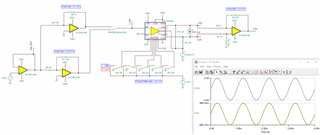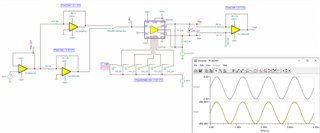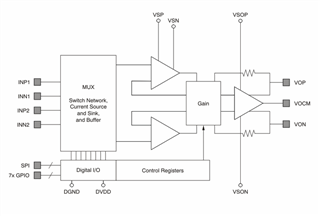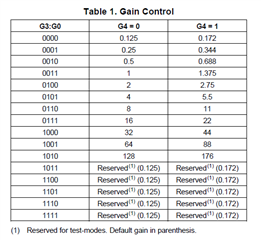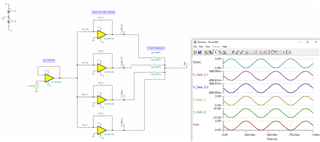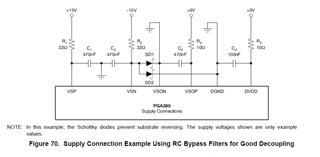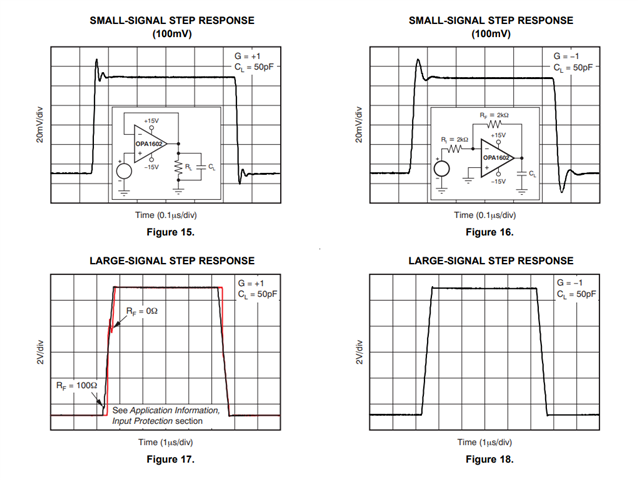I am looking for a PGA for the output from DAC11001A to be able to output up to +/-10V, but also take a 5V output down to 0.5V. Do you have any devices that would do this? Or another suggestion on how to accomplish this? Thank you
-
Ask a related question
What is a related question?A related question is a question created from another question. When the related question is created, it will be automatically linked to the original question.





